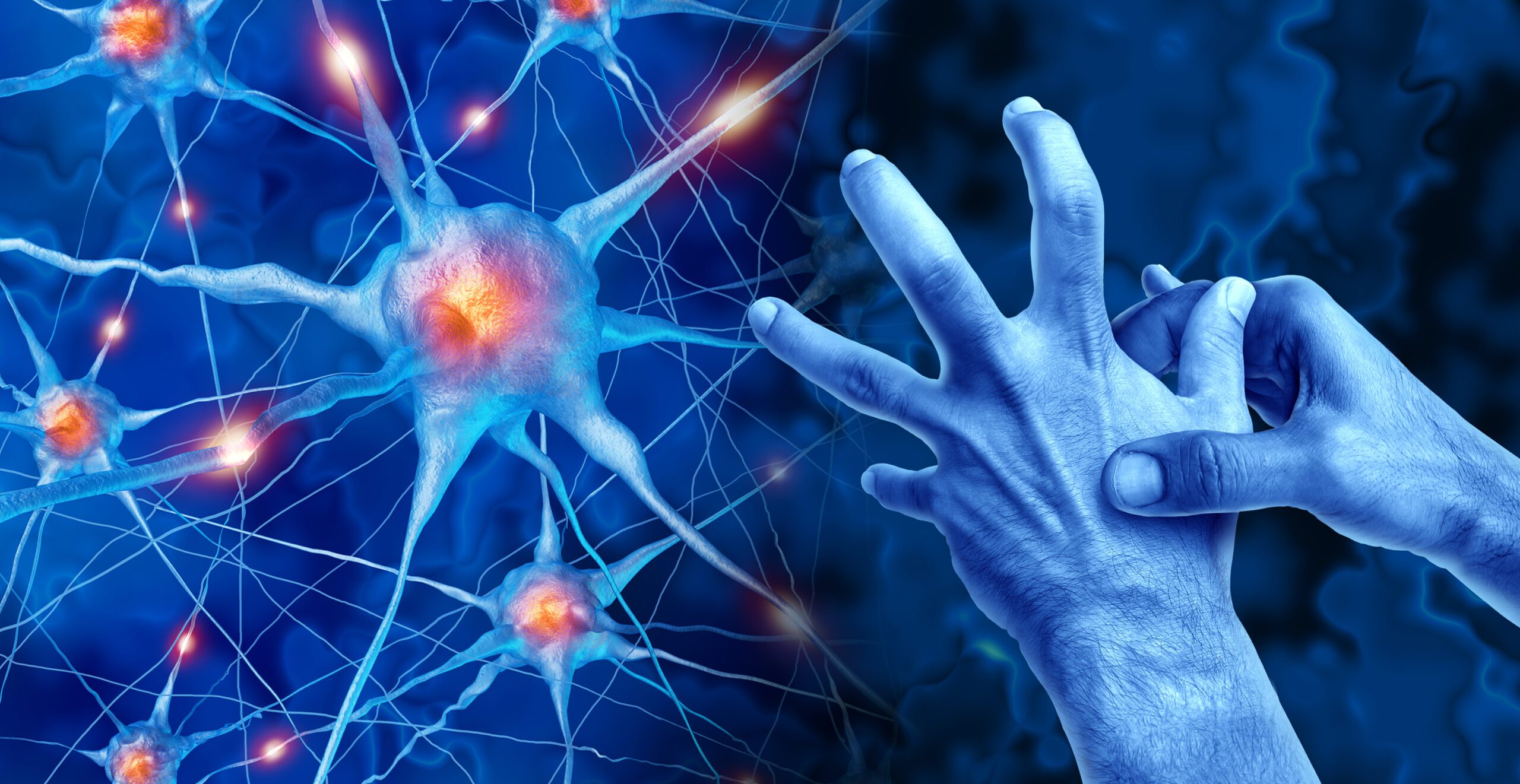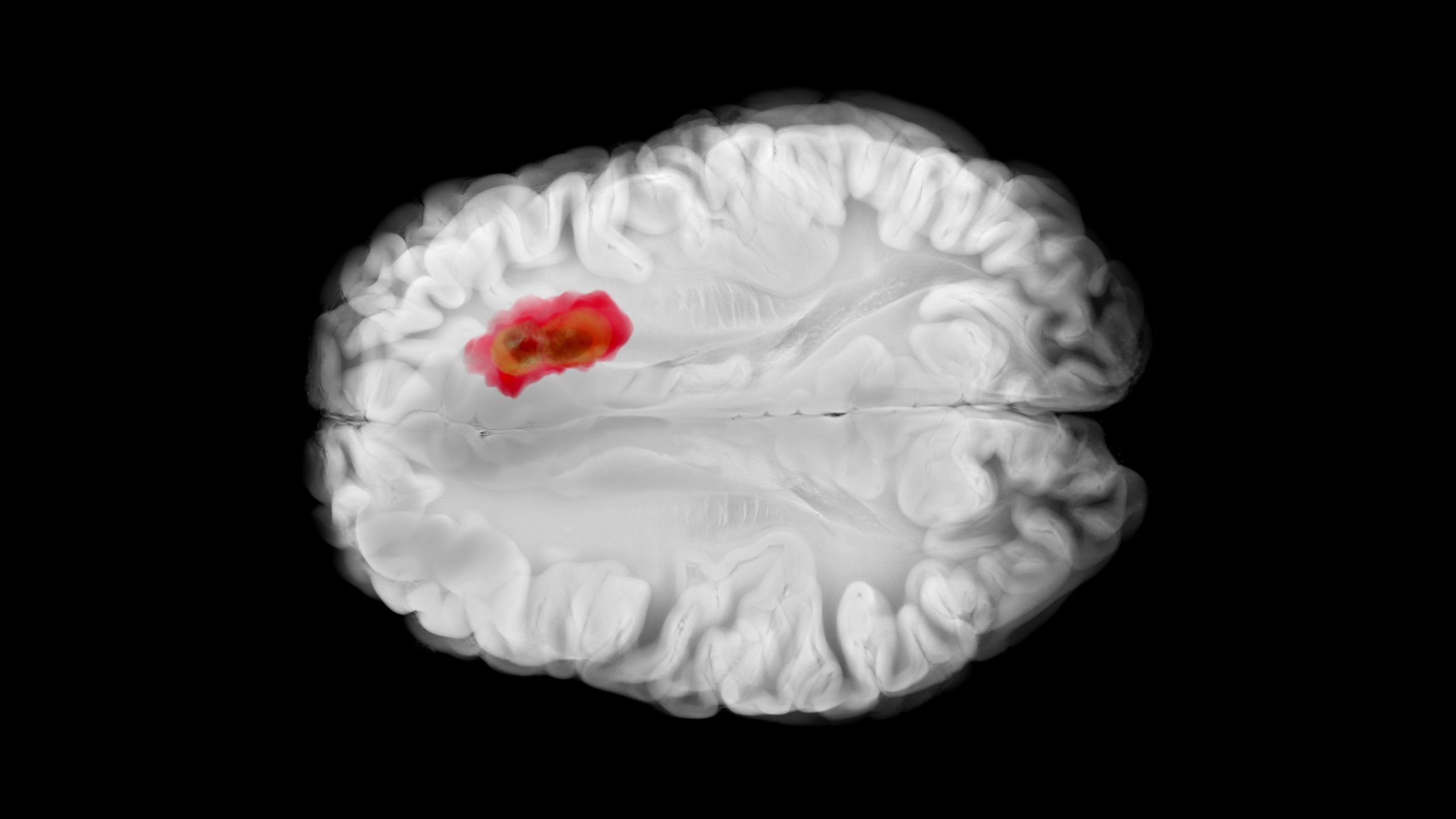Parkinson’s disease (PD) is a neurodegenerative disease characterized by a progressive loss of dopaminergic neurons in the substantia nigra pars compacta. Oxidative stress is increasingly being discussed as a key process in the development and progression of the disease. This is triggered and maintained by multiple factors, including mitochondrial dysfunction, defective dopamine metabolism and chronic neuroinflammation. The resulting imbalance between reactive oxygen species (ROS) and antioxidant defense systems leads to pronounced cellular damage, which ultimately drives the degeneration of dopaminergic cells. Despite intensive research, no curative therapy exists to date.
You May Also Like
- Psoriasis: intervening in the inflammatory cascade
Advantages of early biologic therapy and oral peptide as a beacon of hope
- AI-supported imaging and new biomarkers
CHD diagnostics update
- Bipolar disorder, anxiety disorder, depression
Lurasidone as monotherapy for bipolar I depression with anxiety symptoms
- Arterial hypertension: ESC guideline 2024 in focus
New category “elevated blood pressure” – what are the therapeutic implications?
- Low-grade pediatric gliomas
Consideration of the tumor microenvironment opens up new treatment options
- Palliative care symptom and needs assessment.
What screening tools are helpful?
- Patient-centered rounds in medicine
Aligning care with the patient
- HIV: antiretroviral therapy (ART)












